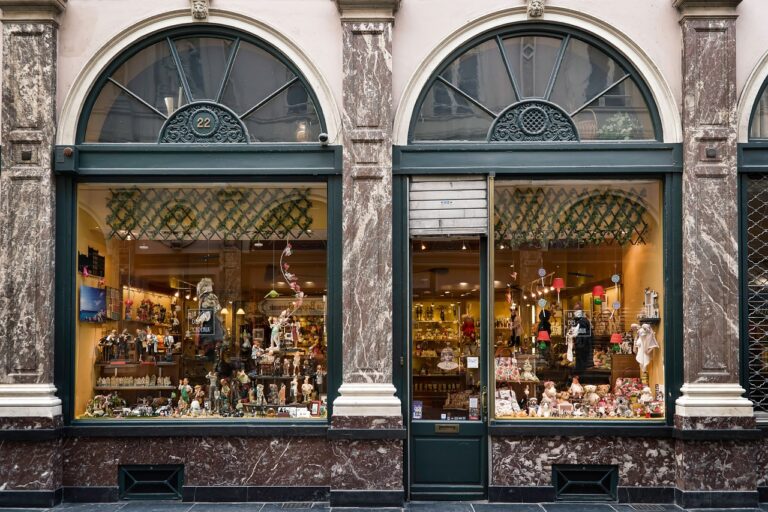Unlocking the Potential of Virtual Reality in Online Shopping Platforms
The landscape of online shopping platforms has undergone significant evolution in recent years. Initially, these platforms primarily served as digital storefronts for retailers to showcase their products. However, with the advancement of technology and shifting consumer preferences, online shopping platforms have transformed into comprehensive ecosystems offering a wide array of features and services. From personalized recommendations based on browsing history to seamless payment options, the evolution of these platforms has been driven by the aim to enhance user experience and streamline the shopping process.
One key aspect of the evolution of online shopping platforms is the emphasis on mobile responsiveness and accessibility. As mobile devices have become the primary medium for accessing the internet, online shopping platforms have adapted to ensure a seamless shopping experience across various devices. This shift has not only made shopping more convenient for users but has also opened up new opportunities for retailers to reach a wider audience. By leveraging mobile technology, online shopping platforms have been able to bridge the gap between virtual and physical retail, offering a tailored shopping experience that meets the needs and preferences of modern consumers.
Enhancing User Experience Through Virtual Reality
Virtual reality technology has revolutionized the way users experience online shopping platforms. By immersing customers in a virtual environment where they can interact with products in a realistic way, businesses are able to break through the limitations of traditional online shopping. This enhanced experience allows users to visually inspect products from all angles, try on virtual clothing, or even visualize furniture in their own living spaces before making a purchase.
Not only does virtual reality technology provide a more interactive shopping experience, but it also helps to bridge the gap between the physical and digital worlds. By simulating a real-life shopping experience through virtual reality, users are able to overcome the barriers of buying items online without being able to physically touch or try them. This innovative approach not only improves user satisfaction and confidence in their purchases but also paves the way for a more engaging and personalized shopping experience in the digital realm.
Breaking Barriers with Virtual Reality Technology
Virtual reality technology has revolutionized the way we interact with digital content, offering immersive experiences that break traditional barriers. With VR, users can now engage with products and services in a whole new dimension, allowing for more personalized and engaging interactions. This innovation has the potential to transform online shopping platforms, bringing a new level of realism and interactivity to the virtual shopping experience.
By leveraging VR technology, businesses can create virtual storefronts that mimic real-life shopping environments, enhancing the user experience and driving customer engagement. From trying on clothes virtually to exploring a virtual showroom, the possibilities are endless with VR. This technology opens up a world of opportunities for brands to connect with their customers in a more meaningful way, ultimately breaking down barriers between the physical and digital worlds.
What is virtual reality technology?
Virtual reality technology is a computer-generated simulation of a three-dimensional image or environment that can be interacted with in a seemingly real or physical way by a person using special electronic equipment, such as a helmet with a screen inside or gloves fitted with sensors.
How is virtual reality technology enhancing online shopping platforms?
Virtual reality technology is enhancing online shopping platforms by allowing users to virtually try on clothing and accessories, visualize products in their own space through augmented reality, and provide immersive shopping experiences that simulate being in a physical store.
What are some examples of companies breaking barriers with virtual reality technology?
Companies like IKE
Is virtual reality technology accessible to everyone?
While virtual reality technology is becoming more affordable and accessible, it may still require specific equipment or devices to fully experience its benefits. However, advancements in technology are making it more widely available to a broader audience.







